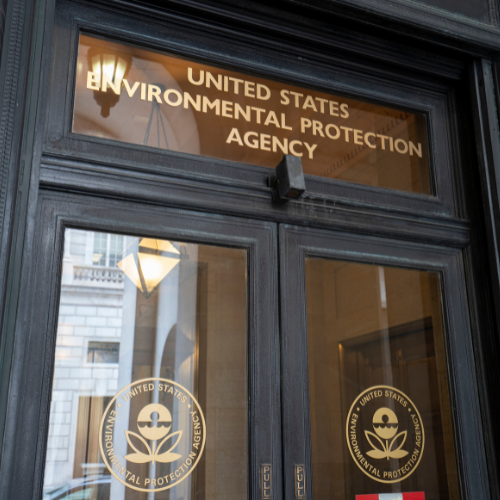In the law, as in life, there is a time and a place for looking back at what has been accomplished, evaluating its effectiveness, and making the changes that need to be made. That is exactly what recently happened with the Toxic Substances Control Act, a federal law administered by the Environmental Protection Agency which regulates the industrial and commercial use of chemicals.
The Toxic Substances Control Act dates back to the mid-1970s and, until recently, had not been updated at all. Environmental groups had long called for changes to the law to make it more effective in protecting Americans from exposure to toxic chemicals.
Among the changes made to that the EPA now has the ability to issues orders for safety testing of chemicals and to establish deadlines to determine whether, and to what extent, the use of toxic chemicals should be restricted. The law also addressed a problematic aspect of the law which required regulators to prove that a chemical presented an unreasonable risk of harm before taking action to restrict its use. Under this burdensome standard, the EPA wasn’t able to completely ban asbestos.
These updates will allow the EPA to fully regulate the use of asbestos, and the EPA is expected to begin reviewing the use of asbestos in a homes and consumer products. All of this is good news for consumers, who are often unaware of the ways they may be exposed to asbestos and other harmful chemicals.
The additional protections will, hopefully, also provide plaintiffs the ability in the future to pursue civil claims against those who violate the law. Those who have been harmed by asbestos exposure, of course, should always work with an experienced attorney to determine their legal options for compensation and for zealous advocacy in resolving their case.














